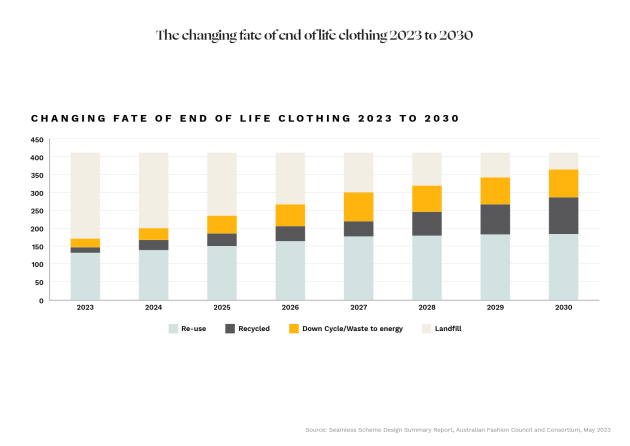
Cost-of-living pressures and higher interest rates have pulled infant goods retailer Baby Bunting into the dark cloud over discretionary retailers, which have increasingly reported languishing sales amid a crunch in consumer spending.
On Tuesday, Baby Bunting slashed its full-year profit expectation by a third as it struggled to improve sales. The $189 million company said it expected its net profit after tax to be in the range of $13.5 million to $15 million, compared with its previous guidance of $21.5 million to $24 million.
Despite Baby Bunting’s “Storktake” promotional event, the retailer said its trading both in stores and online was “unprecedentedly low” and well below expectations. Total sales growth for the financial year was about 1 per cent and comparable store sales growth was negative 3 per cent.
The company said that if the slowdown in sales continued, it expected comparable store sales to be between negative 4 per cent and negative 5 per cent, particularly as June traditionally delivered a larger proportion of the company’s second-half profit.
While it has maintained a gross margin towards the lower end of its expectations, the retailer said the full-year figure would likely be moderately below the bottom end of that range.
Shares in Baby Bunting took a pummelling, dropping 19 per cent to $1.45 a share about 1.30pm AEST.
Consumer discretionary stocks have been particularly sensitive to the higher interest rates and cost-of-living pressures putting a dampener on household spending.
Bedding and furniture group Adairs last week announced its sales growth had slowed 7 per cent in the second half and edged up a modest 1.9 per cent for the financial year.
“The impact of rising interest rates and higher cost of living has created a more subdued trading environment since April with lower traffic observed both in stores and online,” the company said in its trading update.
Jewellery chain Michael Hill also last week reported a decline in sales in its Australian retail jewellery segment in the second half, saying the 3.5 per cent fall was a result of a challenging economic environment.
“Given the prevailing economic conditions and resulting softening of consumer sentiment, trade has been more challenging for the jewellery industry in the second half, particularly in Australia and New Zealand,” the company said.
The latest figures from the Australian Bureau of Statistics showed household spending growth continued to slow in April, dropping to 6 per cent from a peak of 29.1 per cent in August last year and an 11.9 per cent increase in February.
Spending growth was slower for categories such as clothing and footwear (3 per cent) and furnishings and household equipment (1.8 per cent), with Wesfarmers boss Rob Scott warning in May that “the honeymoon is very much over” as customers become more conscious of their spending.






















